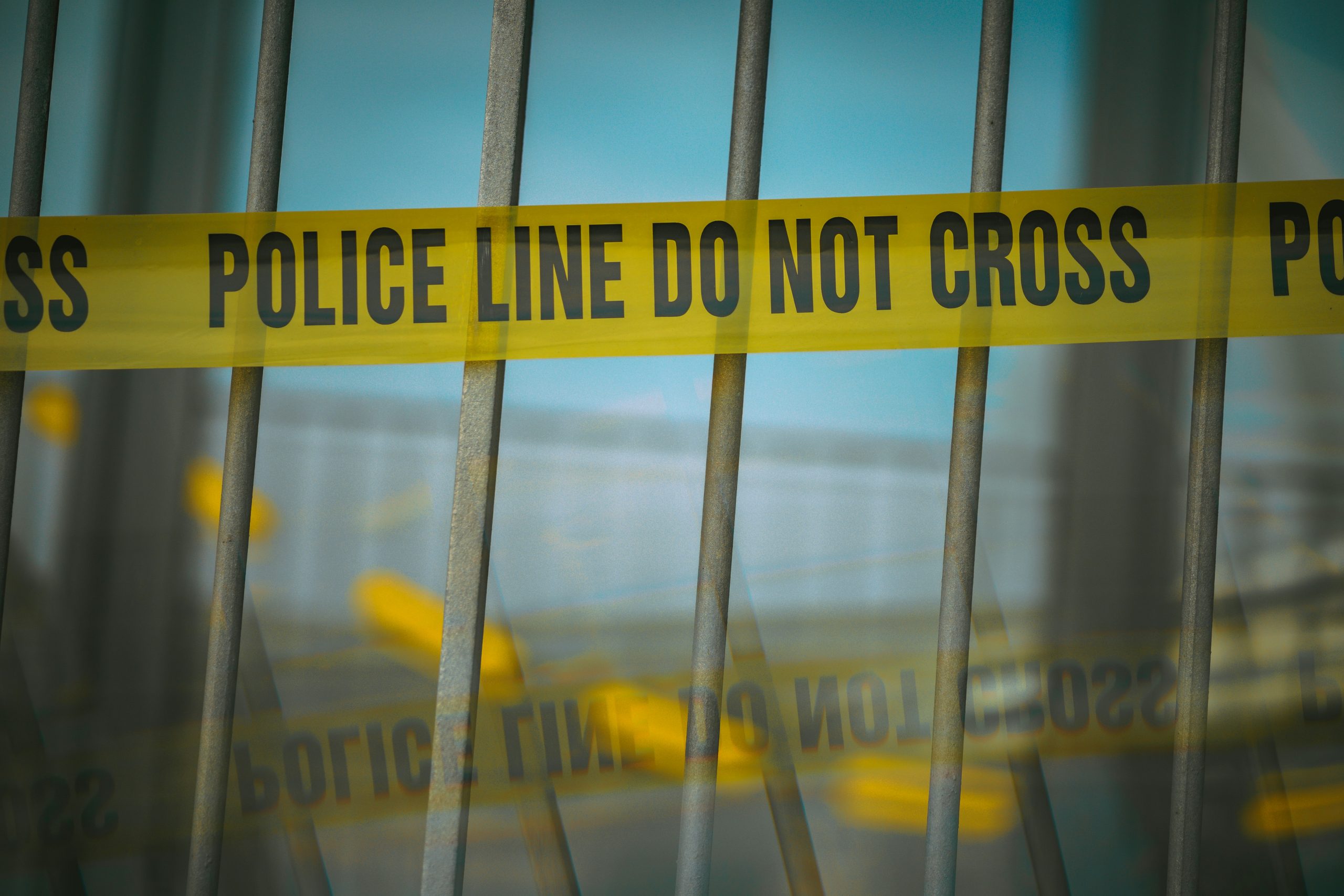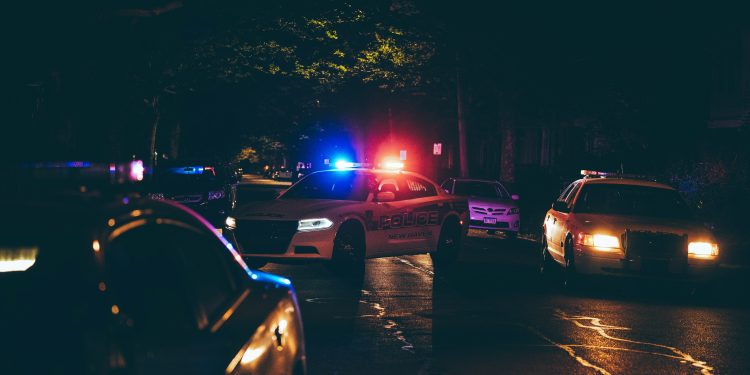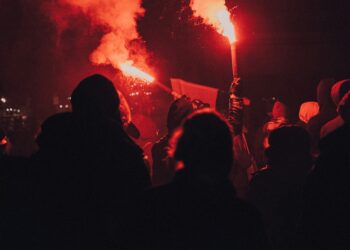A man was fatally shot Friday in central Örebro, Sweden, in what police describe as a likely gang-related attack, marking another violent incident in the city still recovering from February’s mass shooting. The victim died at the scene near Örebro Mosque, while a second wounded man was hospitalized with undisclosed injuries.
Police spokesperson Eva Brunne emphasized, “We see no connection to the mosque but clear ties to criminal groups,” as investigators launched a manhunt for at least one fleeing suspect. The case is being treated as murder and attempted murder amid Sweden’s ongoing struggle with organized crime violence.
The shooting underscores Sweden’s decade-long crisis of gang-related shootings, which now occur at among Europe’s highest rates per capita. While Sweden’s overall murder rate remains comparable to neighboring countries, its firearm homicide statistics paint a grimmer picture—largely attributed to feuds between criminal networks like the Foxtrot and Vårby gangs. Police confirmed the latest incident appears “linked to the criminal network environment,” though declined to specify which groups might be involved in this latest outbreak of violence.

The Ghost of February’s Mass Shooting Looms Over Örebro
The attack occurs just six months after Örebro was traumatized by Sweden’s deadliest school shooting, where a lone gunman killed 10 at a local high school before taking his own life. While police stress the February tragedy was unrelated to gang activity—the perpetrator had no criminal ties—the back-to-back violent incidents have rattled this university city of 150,000 residents. “We’re seeing two different faces of Sweden’s gun violence problem,” noted criminologist Lars Alvborg. “Random mass shootings and targeted gang hits—both require different prevention strategies.”
Witnesses reported hearing multiple gunshots near the mosque around midday, prompting lockdowns at nearby schools. Though authorities quickly ruled out terrorism or anti-religious motives, mosque chairman Ali Hassan expressed concern:
“When shootings happen this close, our community feels targeted regardless of police explanations.” The attack follows a pattern seen in Malmö and Stockholm, where gang conflicts increasingly play out near cultural institutions, amplifying public fear.
Unlike continental European organized crime, Swedish gangs recruit predominantly from disadvantaged immigrant neighborhoods, with members as young as 14. Police intelligence suggests Friday’s shooting may be tied to territorial disputes over drug sales—particularly the synthetic opioid market that has exploded in Scandinavia. “These groups settle scores with military-grade weapons,” said National Police Commissioner Petra Lundh, referencing last year’s record 391 shootings nationwide.
Why It Matters
The shooting has reignited debates over Sweden’s firearm policies, with the Moderate Party demanding expanded police stop-and-search authority in high-risk areas. Opposition leader Ulf Kristersson tweeted: “Enough is enough—we need to deport criminal migrants immediately.” Meanwhile, Social Democrat ministers propose doubling sentences for illegal gun possession, though experts note Sweden already has Europe’s toughest gun laws on paper—a paradox that emphasises enforcement challenges.
As forensic teams combed the shooting scene Friday evening, Örebro residents grappled with their city’s unwanted notoriety. “First our children were killed, now our streets aren’t safe,” said teacher Lena Wahlberg, referencing both tragedies. With summer traditionally seeing increased gang activity, police have deployed additional patrols to Örebro’s vulnerable neighborhoods—a temporary measure that locals hope won’t become permanent.

















